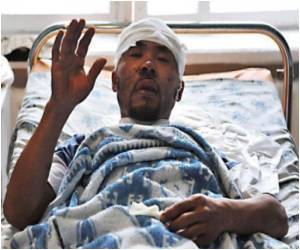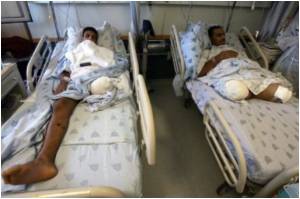
A person has a 'phantom limb' when they continue to perceive sensations in their limb even when the body part is no longer there, such as after amputation.
A phantom limb can also develop when the sensory system no longer functions properly, such as in a complete spinal cord injury or after administration of an anaesthetic.
People usually perceive their phantom limbs to be in distinct positions, and often experience pain in the limb – however, the cause of this is not well understood.
Now Australian studies seem to show that there is no default position that the phantom moves into after it forms.
"Our research suggests that the state of nerves in the limb at the time the phantom is forming is very important in determining how the phantom develops," says Prof Simon Gandevia from Neuroscience Research Australia (NeuRA).
Advertisement
Prof Gandevia and colleague Dr Lee Walsh conducted a study in which they temporarily anaesthetised participants' hands to induce a phantom limb.
Advertisement
"This might also be true for phantom pain," says Prof Gandevia. "In other words, the amount and type of nerve stimulation around the time of amputation or injury could also be important in determining the type and degree of pain perceived in the phantom limb."
'Dynamic changes in the perceived posture of the hand during ischaemic anaesthesia of the arm' was published (1 Dec 2011) in The Journal of Physiology.
Source-Medindia








